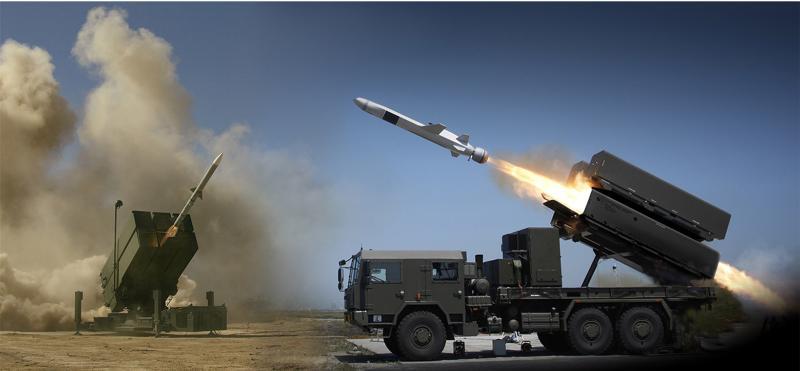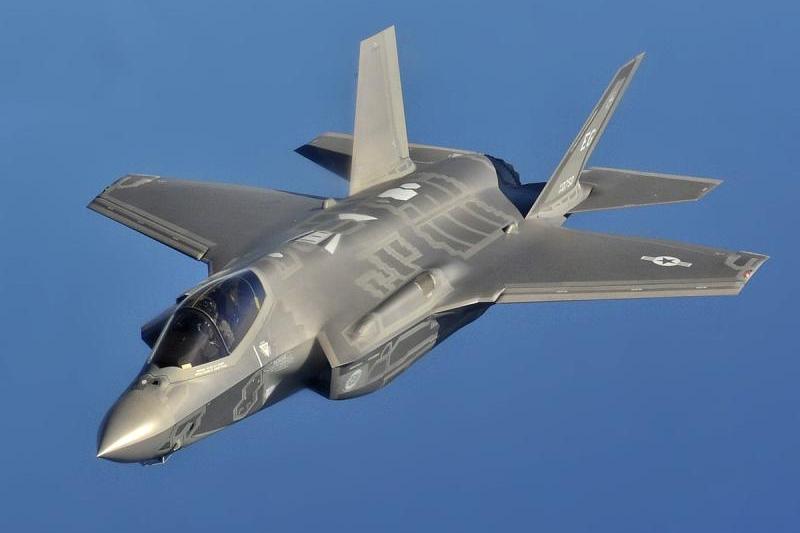Most Advanced SBIRS Missile Warning Satellite Ready For 2021 Launch
SBIRS GEO-5 is First Military Satellite Using New LM 2100 Bus to Drive Resiliency, Efficiency and Record Production Speed
Lockheed Martin (NYSE: LMT) today announced the U.S. Space Force has determined the fifth Space Based Infrared System Geosynchronous Earth Orbit satellite (SBIRS GEO-5) is complete and ready for launch in 2021.
Built in a record time and at no additional cost to the government for the upgrade, SBIRS GEO-5 is the first military space satellite built on the company’s modernized, modular LM 2100™ combat bus. SBIRS GEO-6, launching in 2022, is also being built on the new bus designed for speed and resilience.
“SBIRS’ role as an ever-present, on-orbit guardian against global ballistic missile threats has never been more critical,” said Tom McCormick, Lockheed Martin’s vice president for Overhead Persistent Infrared (OPIR) Systems. “In 2019 alone, SBIRS detected nearly one thousand missile launches, which is about a two-fold increase in two years.”
“Completing the production of a complex missile-warning satellite during the challenging COVID environment is a huge accomplishment and is a testament to Lockheed Martin’s professionalism and dedication to the security of our Nation,” said Capt. Alec Cook, Space and Missile Systems Center’s SBIRS GEO-5/6 Assembly, Test, and Launch Operations lead.
Both SBIRS GEO-5 and GEO-6 are slated to join the U.S. Space Force’s constellation of missile warning satellites, equipped with powerful scanning and staring infrared surveillance sensors, which protect our nation 24-7. These sensors collect data that allow the U.S. military to detect missile launches, support ballistic missile defense, expand technical intelligence gathering and bolster situational awareness on the battlefield.
SBIRS GEO-5 was officially completed on Oct. 29, 2020.
The LM 2100 bus is the result of a Lockheed Martin internally-funded, multi-year modernization initiative. It is designed to provide greater resiliency and cyber-hardening; enhanced spacecraft power, propulsion and electronics; common components and procedures to streamline manufacturing; and a flexible design that reduces the cost to incorporate future, modernized sensor suites.
“We added even further enhanced resiliency features to the LM 2100 to create an initial ‘combat bus’ for the Space Force. SBIRS GEO-5 has proven itself a valuable incremental step towards achieving the resilient missile warning that will be provided by the Next Gen OPIR Block 0 System, the follow-on to SBIRS,” added McCormick.
In June 2015, the Air Force agreed to rebaseline SBIRS GEO-5 and GEO-6 to upgrade both satellites to Lockheed Martin’s modernized LM 2100 bus at no additional cost. From that point, SBIRS GEO-5 was completed in approximately five years, in line with the government’s need to increase production speed and address emerging threats, and still supporting the government’s original 2021 launch date.
Besides SBIRS GEO-5 and GEO-6, the LM 2100 space vehicle is the baseline for three Next Gen OPIR Block 0 GEO satellites expecting to launch starting in 2025; and the future GPS III Follow On (GPS IIIF) satellites, which are expected to launch starting in 2026.
Lockheed Martin is proud to be part of the SBIRS team led by the Production Corps, Geosynchronous Earth Orbit Division, at the U.S. Space Force’s Space and Missile Systems Center, Los Angeles Air Force Base, California. Lockheed Martin Space, Sunnyvale, California, is the SBIRS prime contractor, with Northrop Grumman Aerospace Systems, Azusa, California, as the payload integrator.











